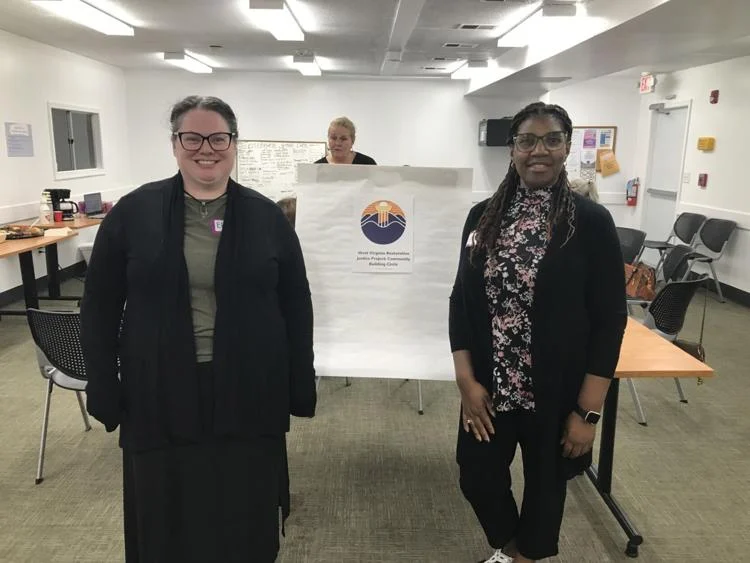Community members recognize Restorative Justice Week at the Berkeley County Recovery Resource Center

By Ainsley Hall ahall@journal-news.net
MARTINSBURG — On Wednesday, people throughout the state gathered in separate groups to recognize Restorative Justice Week.
The event was sponsored by the West Virginia Restorative Justice Project during International Restorative Justice Week to create more awareness about the practice and help people in the healing process.
Restorative justice is a philosophy that focuses on healing relationships when someone has done something wrong instead of focusing just on punishment. It is based on Howard Zehr’s five principles, which say that restorative justice focuses on the harms and consequent needs; addresses obligations resulting from those harms; uses inclusive and collaborative processes; involves stakeholders in the situation; and seeks to put right the wrongs.
Through this project, groups from 17 different counties in West Virginia met together through Zoom to talk about restorative justice and participate in community-building circles. These circles, also known as “talking circles,” were inspired by Native American traditions. Participants pass around a “talking piece,” which ensures everyone has the chance to speak and encourages others to listen.
In Berkeley County, Site Coordinator Erin Gaertner and Circle Keeper Nicole A. Bailey worked together to organize a group at the Berkeley County Recovery Resource Center. As the circle keeper, it was Bailey’s responsibility to lead the group and guide the discussion.
“Restorative Justice Week is all about calling attention to a practice we utilize to help our community,” Bailey said. “It can be used with families, in the school system and so many other situations. This week makes people more aware of it, which brings more healing within the community.”
The event started through Zoom as Judge Michael Aloi, who serves as the United States magistrate judge for the Northern District of West Virginia, welcomed everyone, and there was a brief presentation about restorative justice and talking circles. Then, each group separated to have its own in-person discussion about restorative justice and how group members can use it to make a difference in their communities.
“Some people don’t know what restorative justice is and how they can use it to help others,” Bailey said. “They can take what they learned today and spread it like wildfire. That’s what we have the power to do as a community.”
Bailey hopes that through this event, more people will understand the power behind restorative justice and how it can bring people together. She hopes more people use it to make a better community for everyone.
“I love what restorative justice can do to heal,” Bailey said. “If we want to see change in our community, it’s our obligation to share what we know.”
